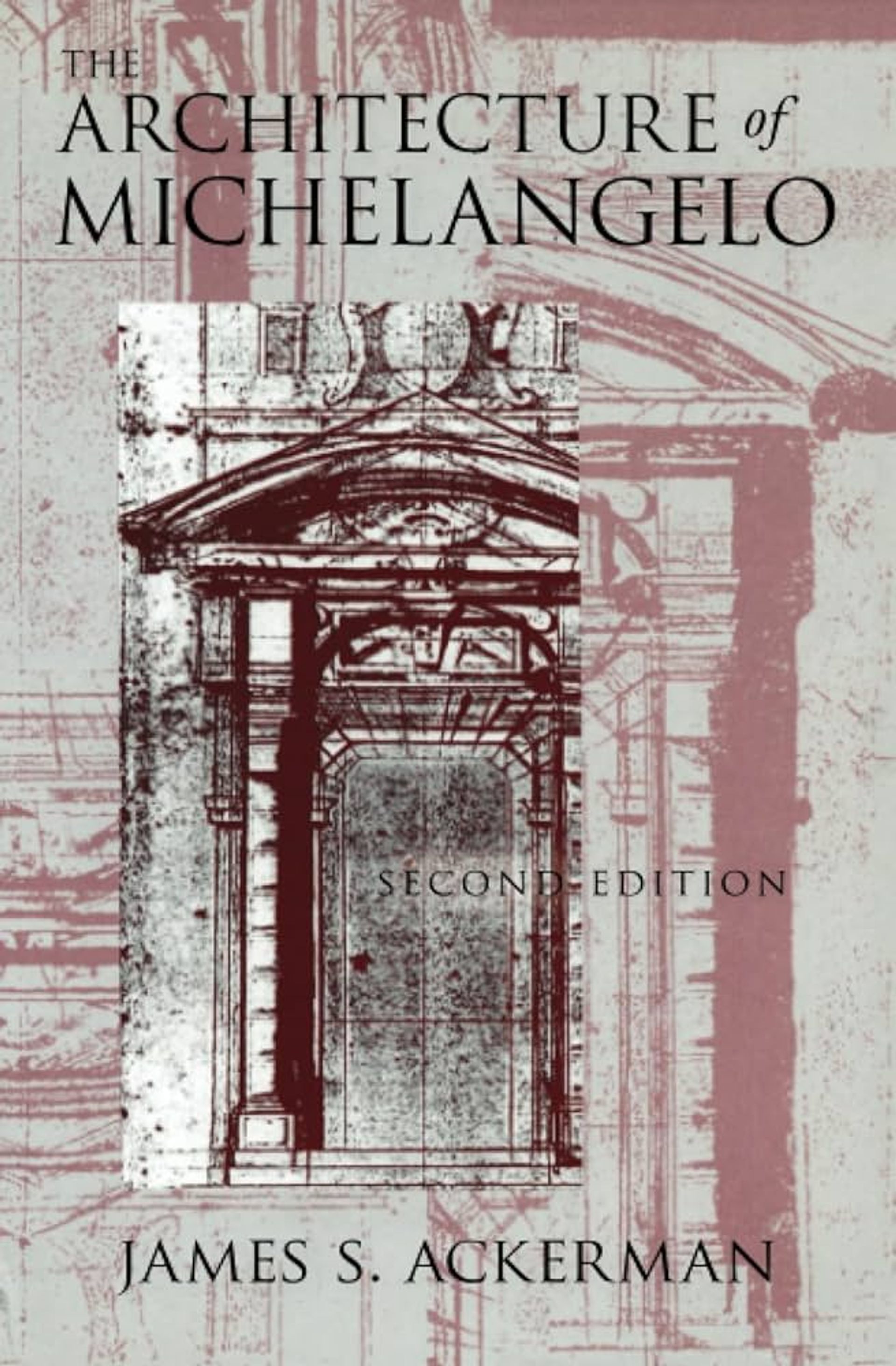• Click here for more reading lists on the world’s greatest artists
Michelangelo needs little introduction. The Renaissance master (1475-1564) created some of the greatest works of art we have ever seen, from the Sistine Chapel ceiling to his monumental statue of David. But many of his great masterpieces began life on a much smaller scale, as coloured chalk on paper. An exhibition at the British Museum in London delves into Michelangelo’s final years, focusing on drawings like his preparatory sketches for the Sistine Chapel. Below, the exhibition’s project curator Grant Lewis has selected five tomes for anyone wanting to get closer to the genius of Michelangelo.

Lives of the Artists (1568) by Giorgio Vasari
“Michelangelo specialists have long had a love-hate relationship with Vasari. He can provide moments of startling accuracy, yet his desire to appear close to his idol leads him to imagine what he doesn’t know. Scholars have reached wildly different estimations of his overall value. But this is one of the great biographies of the Renaissance; a milestone in art history writing; and the measure against which even the most contrarian lives are written. Our image of Michelangelo is incomprehensible without it.”

Corpus dei disegni di Michelangelo (1975-80) by Charles de Tolnay
“Few people have been so familiar with Michelangelo’s drawings as Charles de Tolnay. As the director of Florence’s Casa Buonarroti, home of the largest collection of Michelangelo drawings, he began a mammoth project to catalogue the artist’s entire graphic legacy. The end product is a landmark of scholarship: the standard reference work for Michelangelo drawings, complete with some impressive interpretations of sheets that had hitherto left specialists scratching their heads.”
Michelangelo: Six Lectures (1978) by Johannes Wilde
“Though he published little, Johannes Wilde remains one of the most revered Michelangelo scholars. Much of his reputation rests on his masterly catalogue of the Michelangelo drawings at the British Museum; few articles followed but, in the finest empirical traditions in which he excelled, Wilde busied himself exploring the implications of his forensic enquiries until they had fused into a broader overview of Michelangelo’s work.”

The Architecture of Michelangelo (1986) by James Ackerman
“When it first appeared, Ackerman’s book gave the English-speaking world a much-needed overview of one of the lesser-known aspects of Michelangelo’s career. While the text is showing its age, it remains a brilliant elucidation of the qualities that make Michelangelo’s architecture great.”
Il carteggio di Michelangelo (1965-83) by Giovanni Poggi
“During Michelangelo’s lifetime, acquaintances treasured even matter-of-fact missives, and after his death the Buonarroti family did their bit to preserve his papers. The result is more than 1,000 letters to and from Michelangelo, which have proved to be a bottomless pit of biographical information. There are as many letters about farm produce, deliveries and dowries as there are discussions of works of art—plus frequent references to his favourite Trebbiano wine.”
• Michelangelo: the Last Decades, British Museum, London, until 28 July






